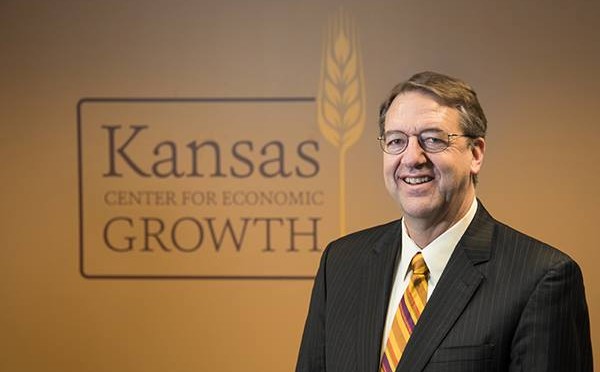Tag: Kansas Supreme Court
-

Kansas school fund balances
Kansas school fund balances rose slightly this year, both in absolute dollars and dollars per pupil.
-

Kansas Center for Economic Growth and the truth
Why can’t Kansas public school spending advocates — especially a former Kansas state budget director — tell the truth about schools and spending, wonders Dave Trabert of Kansas Policy Institute.
-

Kansas school funding growing faster than inflation
Kansas school funding has been growing much faster inflation and enrollment, but for some, it will never be enough, and they will continue to use taxpayer money to press their monetary demands, writes Dave Trabert of Kansas Policy Institute.
-

As lawmakers, Kansas judges should be selected democratically
While many believe that judges should not “legislate from the bench,” the reality is that lawmaking is a judicial function. In a democracy, lawmakers should be elected under the principle of “one person, one vote.” But Kansas, which uses the Missouri Plan for judicial selection to its highest court, violates this principle.
-

Judicial panel used cherry-picked data in Gannon decision
If the increase in education funding prescribed in the most recent Gannon decision were to become a reality, it would mean a nice raise for teachers and likely more administrators, but student outcomes would remain flat and achievement gaps would continue, writes David Dorsey of Kansas Policy Institute.
-

Kansas school finance case based on inadequate standards
The just-released Gannon school finance decision in Kansas concludes that not long ago Kansas schools were functioning adequately. But data on Kansas school standards says something else.
-

Kansas school fund balances
Kansas school fund balances declined this year, but fund balances are still large.
-
CBPP on Kansas schools and taxes, part 2
Kansas policy Institute continues to investigate claims made by Center on Budget and Policy Priorities about Kansas schools and taxes.
-
Kansas school spending, contrary to Paul Davis
Claims about school spending made by a Kansas Democratic Party leader don’t quite align with facts.